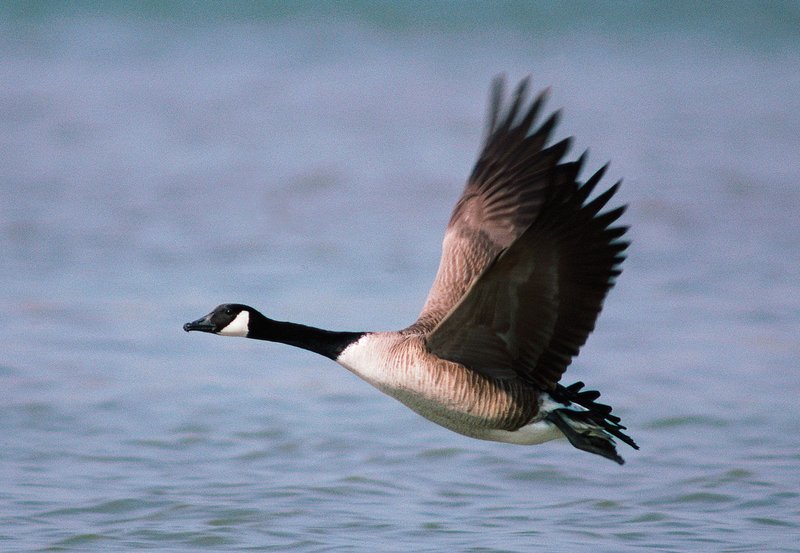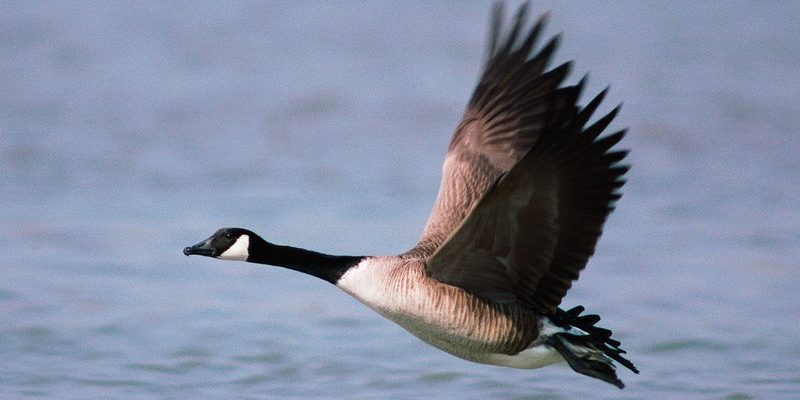
Imagine this: you’re at a picnic, and you see a gaggle of geese making their way over to your spread. While most people enjoy a good sandwich, geese have their own specific diet. You might wonder how they manage to find food in both urban parks and wild landscapes. Spoiler alert: their eating habits are as diverse as they are interesting!
The Goose Diet: What’s on the Menu?
Geese are primarily herbivores, which means they mainly eat plants. Their diet consists of grasses, seeds, berries, and aquatic plants. They’re quite the foragers! Picture a vegetarian buffet every time they waddle through a field. Here’s a closer look at what they munch on:
- Grasses: This is the backbone of a goose’s diet. They love to graze on fresh, tender grass, especially in spring when it’s abundant.
- Seeds: Granules from different plants make for a tasty snack. They look for seeds like those from grains or wildflowers.
- Berries: When going on a foraging adventure, geese enjoy fruits like blueberries and blackberries. They’re like little berry-pickers!
- Aquatic plants: If you’ve ever seen a goose swimming, you might have noticed them dabbling in shallow water to find tasty plants like duckweed.
So, geese eat a mix of land and water plants. Their flexible diet helps them adapt to various environments, whether it’s a city park or a serene lake.
How Geese Forage: The Art of Hunting for Food
You might wonder, how do geese actually find their food? Their foraging tactics can be quite creative. Geese use their strong beaks to pull up grass and roots or to sift through mud for aquatic plants. They’re like little nature detectives, using all their senses to uncover meals. Here’s how they usually go about it:
- Grazing: This is the most common method. Geese often gather in groups to graze. Think of it as a communal buffet, where they share and compete for the best bites of grass.
- Dabbling: In water, they’ll tip forward, with their tails sticking up, to reach underwater plants. It’s a funny sight that looks a bit like they’re doing a headstand!
- Foraging: They can be incredibly resourceful, scouring fields or parks for fallen seeds or leftovers from humans. Ever seen a goose pecking at popcorn crumbs? They’re always on the lookout for tasty snacks!
Geese are not only skilled foragers, but they also enjoy a good meal with friends. You’ll often see them supporting one another as they search for food.
The Role of Geese in Their Ecosystem
You might be surprised to learn that geese play an important role in their ecosystems. By grazing on grass and plants, they help maintain the health of meadows and wetlands. Their feeding habits encourage new plant growth and help cycle nutrients back into the soil. It’s like they’re nature’s gardeners!
Additionally, geese can aid in seed dispersal. As they eat berries and seeds, they pass through their digestive systems and later deposit them in new locations. This means they’re not just eating the berries—they’re planting the seeds for future plants too!
All this makes geese a vital part of the ecosystem, contributing to the health of the environments they inhabit.
Seasonal Changes in Goose Diet
As seasons change, so does the goose diet. In spring and summer, when plants are thriving, geese tend to munch on fresh grasses and tender shoots. It’s like a salad bar! But in fall and winter, their options can become scarcer.
During colder months, geese often turn to grains and leftover crops in fields. They will even travel long distances to find food. Some species of geese migrate thousands of miles to find warmer areas where food is more plentiful. You might be wondering how they know where to go—it’s all about instinct and experience!
This seasonal shift showcases their adaptability. Geese truly know how to make the most of what nature offers throughout the year.
Challenges in Foraging: What Geese Face
While foraging sounds fun, it’s not always easy for geese. They face various challenges in their search for food. Let’s explore a couple of the hurdles they encounter:
- Habitat loss: Urban development can shrink the spaces where geese can graze and forage. As parks are converted into buildings, it limits their access to essential food sources.
- Food pollution: Chemicals and waste can contaminate food sources like grains in fields or berries in wild areas, making those foods unsafe for geese to consume.
By understanding these challenges, we can appreciate geese even more. They have to navigate a world that can make their lives complicated!
How Humans Can Help Geese Thrive
If you’re a fan of geese, there are ways you can help them thrive in your community! Here are some simple actions you can take:
- Protect natural habitats: Support local efforts to preserve parks and wetlands where geese can forage safely.
- Educate others: Share what you’ve learned about geese and their importance. The more people understand how fascinating they are, the better we can protect them.
- Be mindful of litter: Properly dispose of trash, especially food waste. Leaving leftovers can be harmful to geese, leading to health issues.
Every small action can contribute to healthier environments for geese, ensuring they can continue to thrive for generations.
Learning about what geese eat and how they forage opens up a whole new appreciation for these remarkable birds. Whether it’s their herbivorous diet or their clever foraging techniques, geese play a significant role in the environment. As they adapt to seasonal changes and face challenges, they remind us of the resilience of nature.
Next time you’re at a park and see geese waddling around, take a moment to observe their behavior. Think about their diet and how they find food. You might just find yourself with a greater respect for these feathered friends. So, let’s protect their habitats and support their survival—because a richer ecosystem benefits us all!

